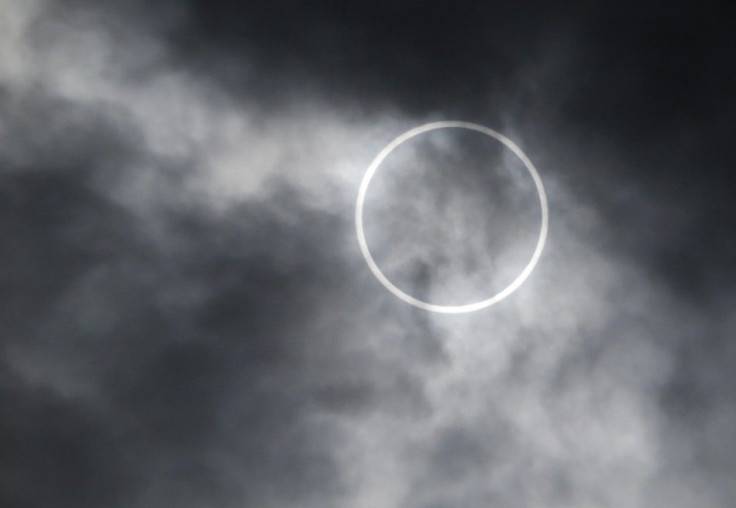Strawberry Moon, Eclipses: June Sky Events To Watch Out For

KEY POINTS
- Two eclipses are expected to occur this June
- The Strawberry Moon and a penumbral lunar eclipse will happen June 5
- Some parts of the world will witness an annular solar eclipse June 21
Excited for what the June sky has to offer? This week alone, there will be a full Strawberry Moon and a penumbral lunar eclipse.
The full moon technically occurs just for a few moments, but here on Earth, it appears full for several days. This month, the full moon will reach its peak illumination June 5 at 3.12 p.m. ET, although it will not be visible until later in the evening.
The June full moon is dubbed as the "Strawberry Moon" because it used to be a signal to gather the ripe wild strawberries for the Algonquin tribes in eastern North America. Other names for it include the Honey Moon, the Mead Moon and the Rose Moon.
Incidentally, Friday's Strawberry Moon will coincide with a penumbral lunar eclipse wherein the moon will darken, albeit so subtly it may be difficult to notice. However, only those in Asia, Africa, Australia, Europe and the Indian Ocean people may be able to witness the sky event. Those in North America can simply enjoy the full Strawberry Moon at both moonrise and moonset on June 5.
People can check what time these will be using a moonrise and moonset calculator.
On June 20, the June solstice at 9.43 p.m. UTC (5.43 p.m. ET) will mark the first day of summer in the Northern Hemisphere and the first day of winter in the Southern Hemisphere. For the Northern Hemisphere, it will be the longest day of the year, while it will be the shortest day of the year for the Southern Hemisphere.
On June 21, there will be an annular solar eclipse along with the New Moon. This kind of solar eclipse happens when the moon is too far from the Earth to completely cover the Sun, resulting in a "ring of fire" around the moon.
The eclipse will be visible in Africa, Saudi Arabia, northern India and southern China. Those in eastern Africa, the Middle East and south Asia may witness a partial eclipse.
Although the eclipse may not be visible from North America, the new moon, which will happen on the same day as the annular solar eclipse, is typically the best time to watch the skies for objects such as planets, stars and galaxies because the moonlight will not be too bright to interfere.
© Copyright IBTimes 2025. All rights reserved.






















